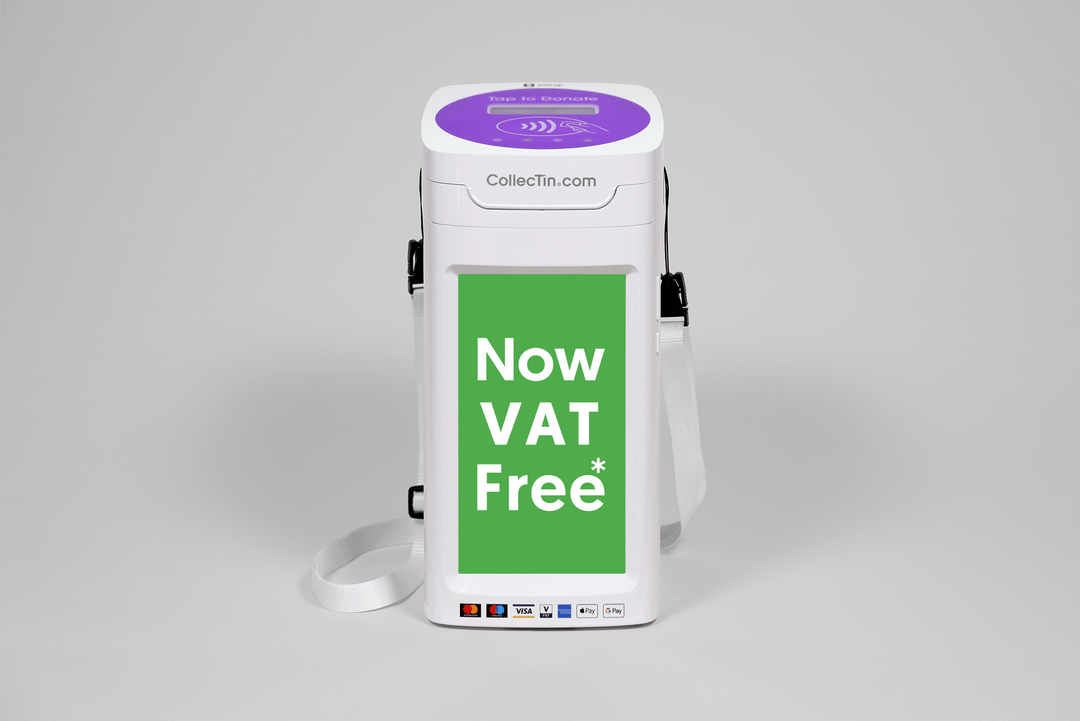Google vs Apple – alternative strategic approaches, and why we don’t have to charge you a monthly fee
Google or Apple?
Let’s start by saying what I mean by ‘Google’ or ‘Apple’ strategies. Essentially I mean how many aspects of a service you try to provide. For a mobile phone that might be software, hardware and apps. Apple provide all the key stuff themselves, the phone, the software and the apps that provide the main functions. Google however often only provide the software – Android, with other manufacturers like Samsung and Huawei making the handsets and providing the core apps.
This gives Apple much greater control over the whole experience of using the phone, but means that Google can harness and benefit from great ideas from a much larger group of people and companies. Interestingly both companies realise the creative benefits of being open to as wide a possible pool of providers, which which why the app store has proved so important.
How to Choose
So in the newly emerging area of contactless donations, which approach is likely to be most effective? Should we try to own the whole experience? Or is it better to be part of a larger ecosystem of suppliers? We came to the conclusion that it depends on the size and needs of your market.
The Size of the Market for Charitable Donations
Charitable donations are a significant market, more than £10bn in the UK alone, but in terms of the overall economy still relatively minor. Famously, for a certain group of charity policy wonks anyway, it’s about the same in the UK as the sales of cheese? And of course the majority of that is given as Direct Debits, legacies and increasingly online. By number of gifts, cash is still the most common method of payment, but certainly not the largest value, as the average value of a cash donation, is of course much lower than that of a bank transfer. We estimate that around £1bn a year is given to charity in cash in the UK. It’s this cash that is most likely replaceable with contactless gifts, but of course early results suggest that the average transaction value of contactless gifts is much higher, so maybe we’ve underestimated the potential value of the market. So if half of that £1bn was contactless donations, and charities and donors were prepared to allow an average transaction cost of say 2%, that would suggest total potential UK revenue for all the players offering contactless donation products or services of around £10m per year. Now that doesn’t sound that big to me.
The Needs of Charities
Having worked in charities for nearly all my career I know there’s never any spare money, and spend on unproven new ways of doing anything is especially difficult. So it was immediately clear to me that price would be crucial for charities.
Small Market and Limited Budgets
So you might ask, if we think all this, why are we here, we should we find something more lucrative to do? Well to be honest, it’s because we see a problem, and think we might have at least part of the solution. Cash is declining fast, and charities need to find a way to make up for those lost donations. Also we think contactless has the potential to open up new and exciting ways to raise money. Of course it’d be nice to get rich, but there’s certainly more important things in life. And creative, interesting, useful work is one of them.
Bluetooth Card Readers
So if price is key and the market is small, we think we need to take advantage of wider economies of scale and find ways to make these work for charities. We think this can be done by using the SumUp, iZettle and Barclaycard card readers that you see on food trucks, festivals, hairdressers, window cleaners and adapting them to work for donations. They are produced in their millions, and are even subsidised by the providers. We then add branding, extra power, simplify how they look and with the CollecTin More, give donors the chance to choose how much they give. Basically we ‘supercharge’ card readers for fundraising. And by using a replaceable tray to hold the card reader, we can future proof our products against changes in card reader design, and avoid our customers being locked into a particular provider.
We’ve Gone Google
So essentially we’re just providing the case for the card reader, other suppliers provide the card reader and payment processing. We think that this means we can focus on doing this one thing well, and of course keep our costs down, so we can charge less, and don’t need to levy a monthly fee. Hopefully it also means we can stay nimble and adapt and develop our products as we all learn together how best to raise money with contactless donations.





